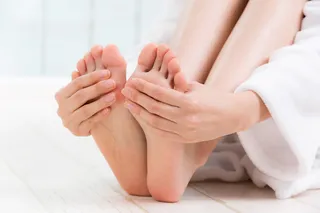Are you lactose intolerant? If so, it looks like you’ve dodged a bullet: according to this study, high milk consumption (more than one glass a day) is associated with a higher risk of mortality in both men and women. The data come from a large study that took place in Sweden in the ’80s and ’90s. One of the main results is that each daily glass of milk increases risk of death in both men and women and, contrary to popular belief, actually increases the risk of bone fractures in women. The authors caution that these associations could be affected by confounders and reverse causation (e.g., women who were already at a high risk of bone fractures tend to drink more milk). But even so, I think I’ll stick to my almond milk, just in case.
“Objective: To examine whether high milk consumption is associated with mortality and fractures in ...














